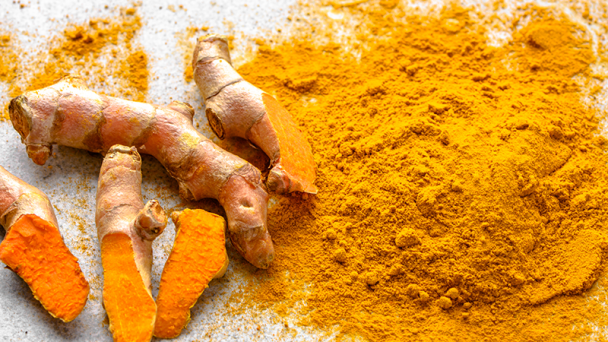
CurCol
The Interreg NWE project CurCol investigates the economic potential for the production chains from regionally produced plants to dyes in packaging. The focus of CurCol is on the yellow natural coloring agent curcumin.
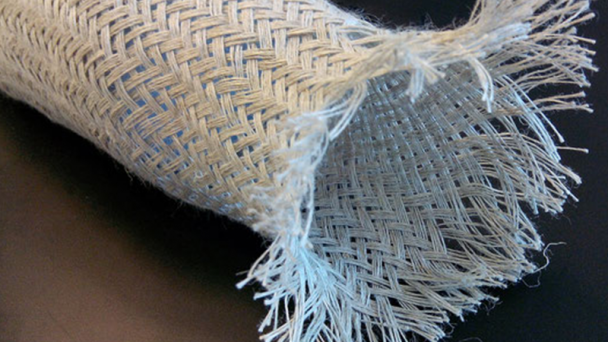
Smart Circular Bridge
A bridge that indicates when maintenance or replacement is required: “Structural Health Monitoring”.
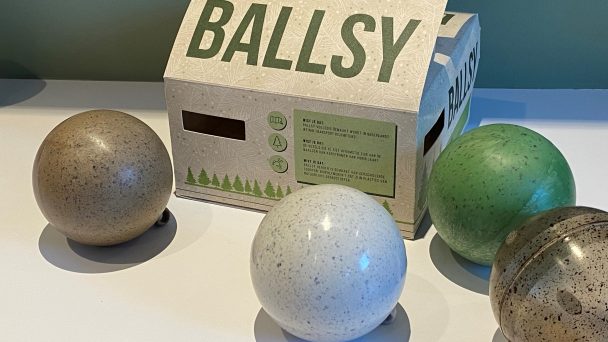
Biobased, circular Christmas bauble with packaging
In this project CoE BBE is looking for a way to make the Christmas party more sustainable. We are investigating whether we can process pine needles from old Christmas trees into biopolymers to make new biobased, circular Christmas baubles.
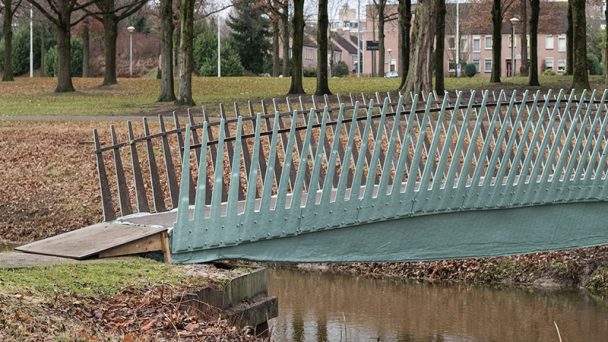
Structural Health in Biobased Constructions
Sustainable biobased building materials have enormous potential, both from an environmental and economic perspective for companies.
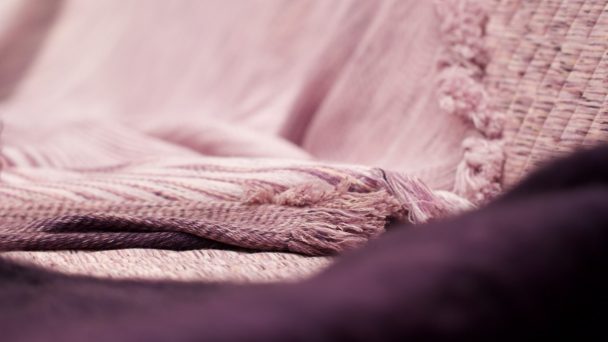
Beauti-Fully Biobased Fibers
The Beauti-Fully Biobased Fibers project is looking at the possibilities of applying biobased dyes derived from natural sources in textile fibers.
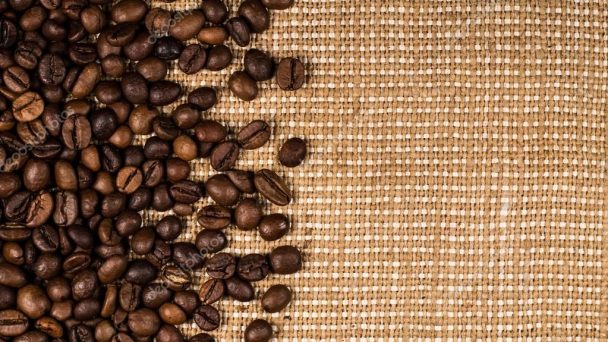
Coffee Silverskin Biomass Utilization
The coffee market is one of the largest, as a result of this market the reuse of the residues of the coffee industry is of great importance from an environmental and economic point of view.
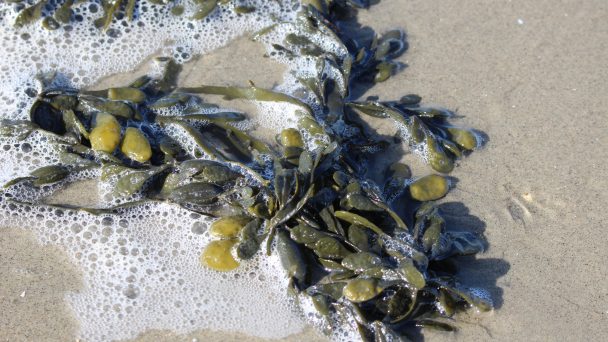
ZCORE (from Seaweed to COating Resin applications)
The ZCORE project brings together with the aim of strengthening the Southern Netherlands innovation system and jointly investigating how a Southern Netherlands cross-sectoral value chain for seaweed coatings can contribute to the greening of the chemical industry.
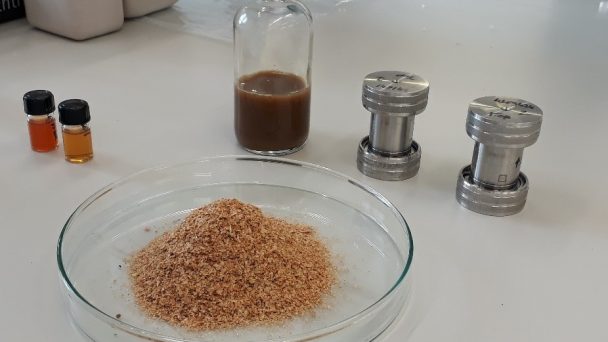
Onion deserves more
Onion skins have a high content of quercetin, which can be used as a food supplement, anti-oxidant and natural coloring agent.
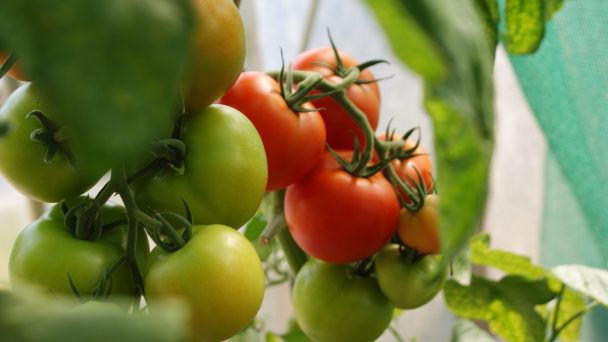
Tomatozyme
CoE BBE was approached with the question whether enzymes from the tomato leaves could be used to "purify" the drain water (the excess nutrient water that has not been absorbed by the crop) from the greenhouse.
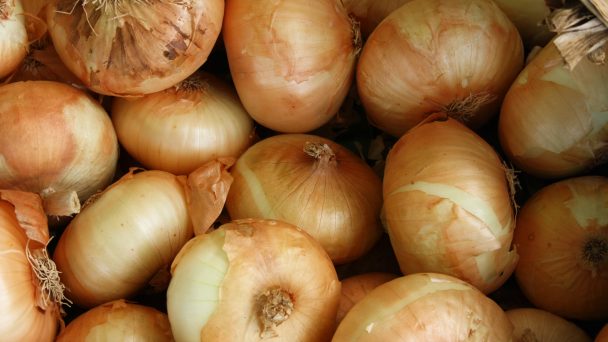
Valuable ONION
The Value-Vol Onion project arose from the wish of the onion processing companies Mol Fresh Food B.V. and Monie Nieuwdorp B.V. to create economic added value from the current residual flow from production.
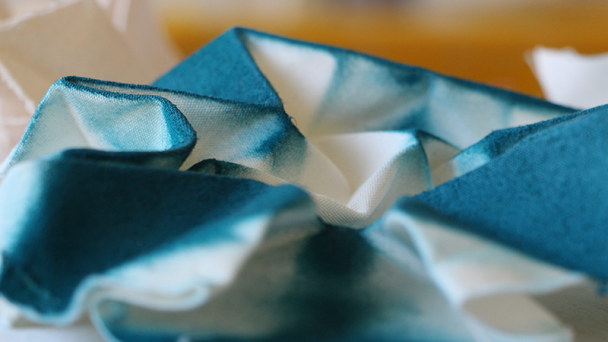
Living Colors
Living colors is a project of Avans University of Applied Sciences (research and education), the Center of Expertise Biobased Economy, buroBELEN (art direction) and various companies and designers such as Rubia Natural Colors, Amsterdams Grafisch Atelier (AGA), Textiellab, Rigo paint factory and textile producer Febrik.
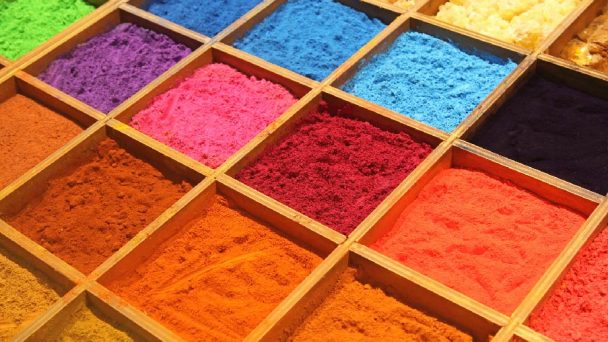
BioCOLOUR
Within the BioKLEUR project we are looking for more environmentally friendly alternatives to dyes.
